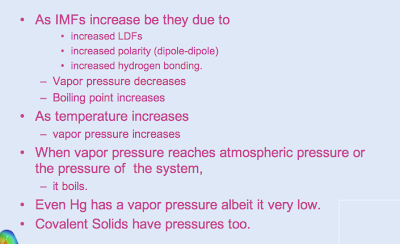Calculating the equilibrium of a system is actually pretty simple. We use the equilibrium constant, Keq, to evaluate these reactions. In order to calculate Keq, follow the link here and look at slide 13. Basically, it is merely products/reactants. There are two main forms of Keq. They are Kc and Kp. Kc has to deal with with concentrations and is constant for concentration of moles. Kp however is constant for the pressure of the system. Temperature is the only factor that can affect K in any way.
Many of the main concepts of equilibrium can be seen in the picture below and all have to do we Le Châtelier's Principle. According to his principle, we can see that if you increase the moles of a reactant, the equilibrium shifts right and the other reactant's moles decrease. The same goes for products. This is very similar to the reverse process in that when the moles of a reactant decrease, the equilibrium shifts to the left side and the other reactant's moles increase. The same goes here for decreasing products.
There are also other factors that will either make equilibrium shift to the product side or reactant side. Adding heat to a reaction can alter the equilibrium as well depending on the type of reaction that is taking place. If the the reactions is endothermic and you add heat, the reactions will shift to the product side or right side. If the reaction is exothermic and you add heat, the equilibrium will shift to the reactant side or left side. This is very similar to adding moles in a reaction. An endothermic reaction needs heat to react and form product, so therefore heat is on the reactant side in that situation. An exothermic reaction creates heat in the product, so therefore heat is on the product side in that situation. Lastly increasing pressure of a reaction cause the reaction to shift to whichever side has less moles. This attempts to balance out the products and reactants. If you decrease pressure the reaction will shift to the side with more moles or the more condensed molecules. Moles of reactions are judged by their stoichemetric coefficients.
Overall, this unit does not seem very difficult. My participation in class has been very good the past few weeks and I hope to see an improvement on my test scores because of that. I feel very good about the material overall and I feel I have a very good grasp on all of the concepts at hand. The equilibrium worksheets really have helped me to figuring out how to solve problems that do deal with equilibrium. The concept test questions are still pretty difficult but I feel like if I study and review them properly, I should have no problems on the next test!













